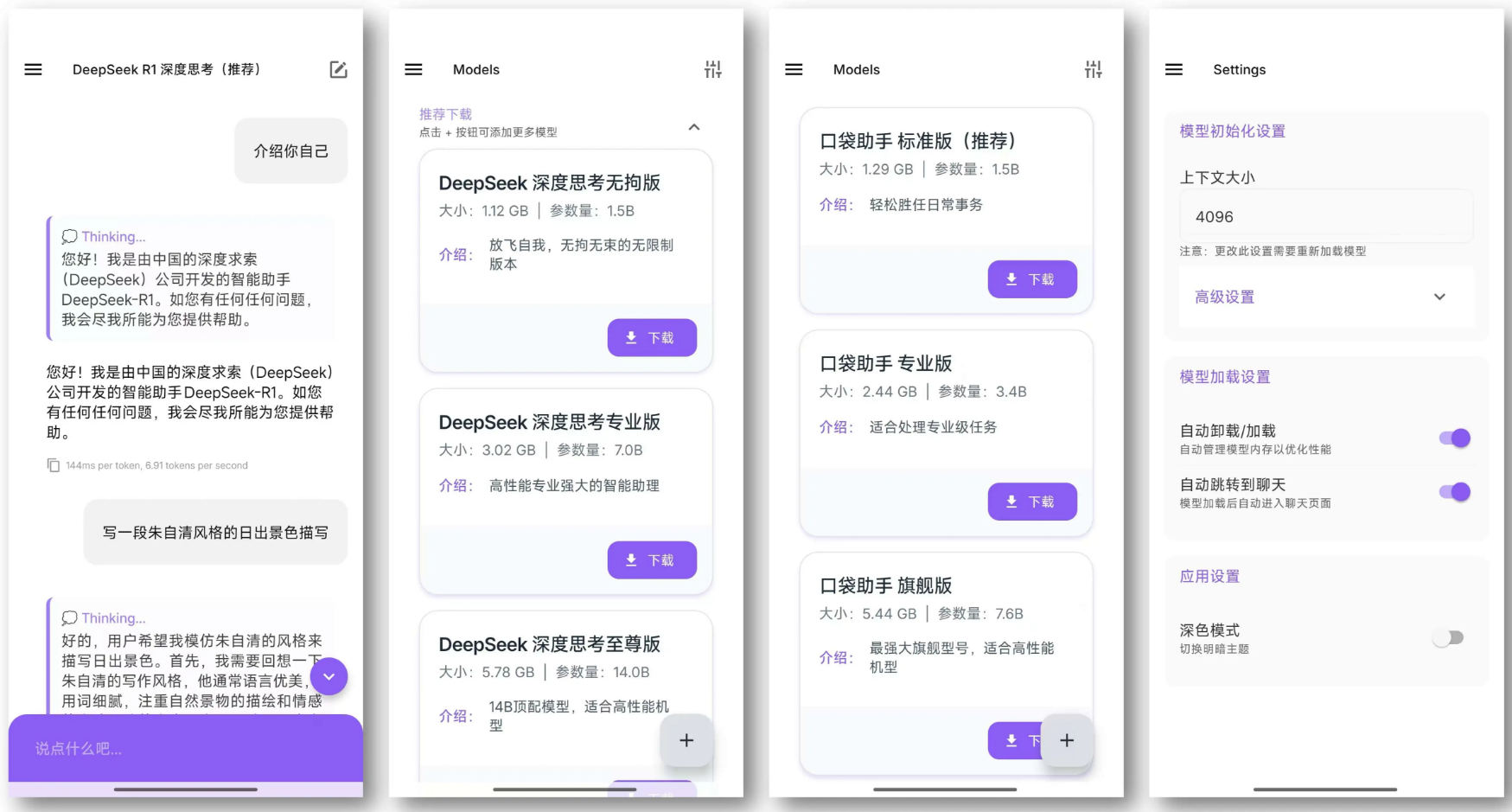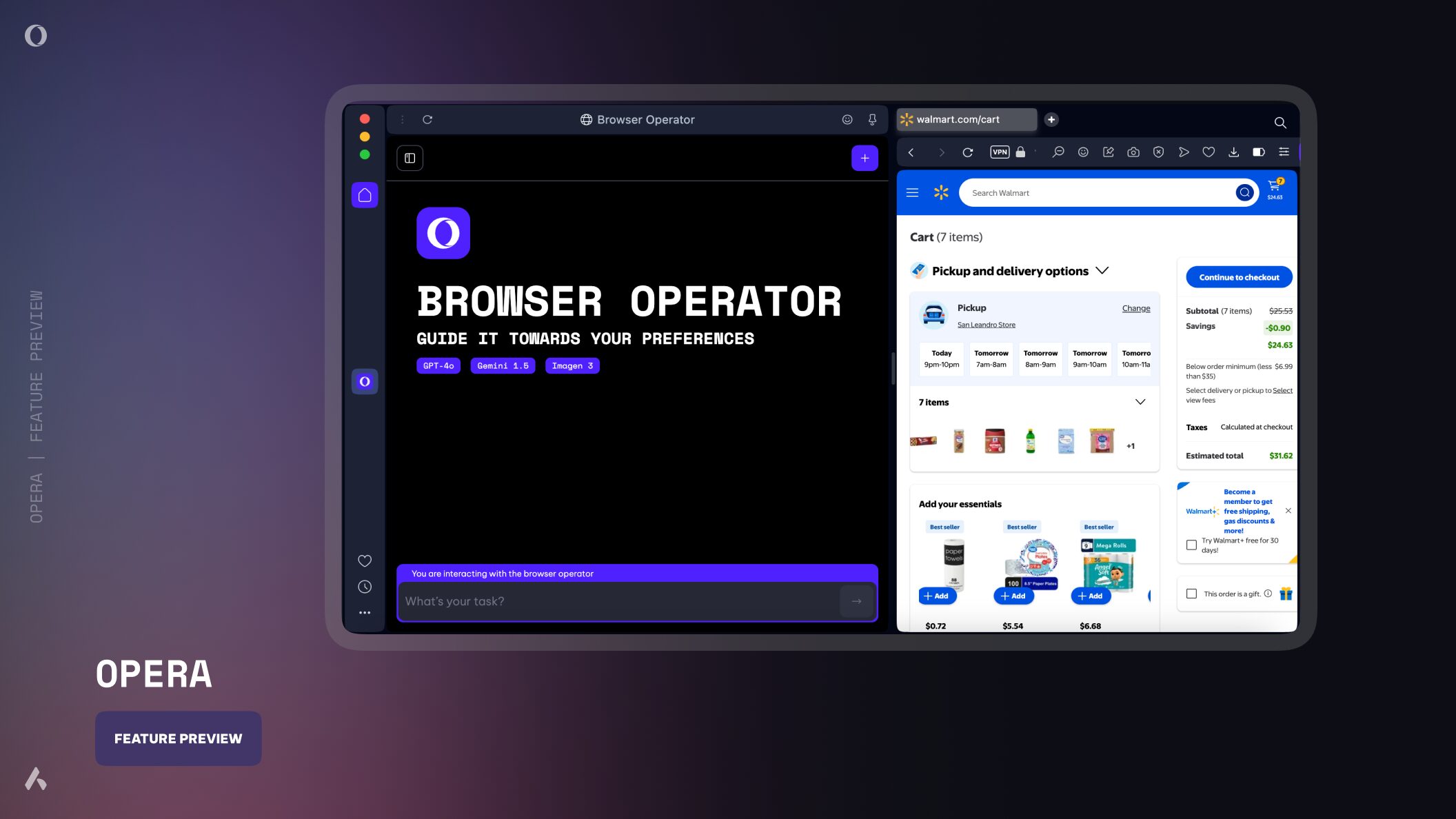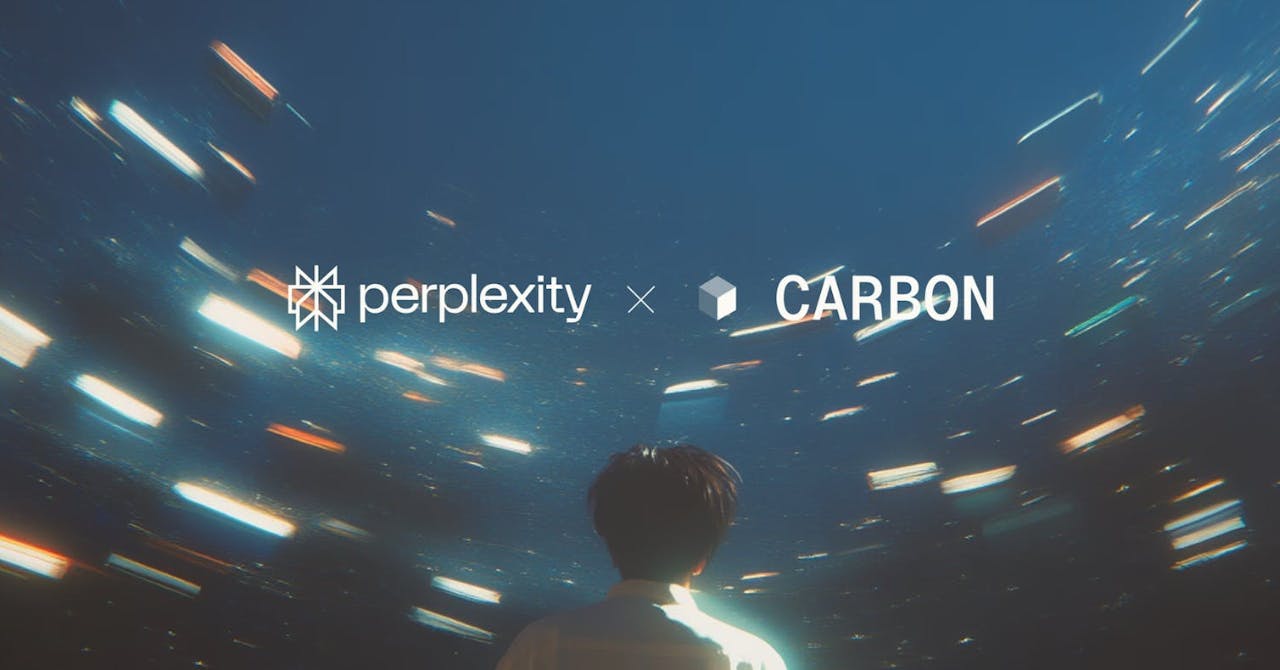NVIDIA Unveils AI-Q Blueprint, Connecting AI Agents to Shape the Future of Work
Artificial Intelligence (AI) Agents are emerging as the new digital workforce in business operations, with the ability to automate complex tasks and significantly improve productivity. However, individual Agents are limited in their capabilities, and their true potential lies in their collaborative work. When different AI Agents are able to collaborate, they can work together to solve more complex problems, resulting in greater business impact. To help organizations more quickly leverage this collaborative potential, NVIDIA recently released the AI-QA new NVIDIA Blueprint to help develop Agentic Systems that use reasoning to unlock knowledge of enterprise data.
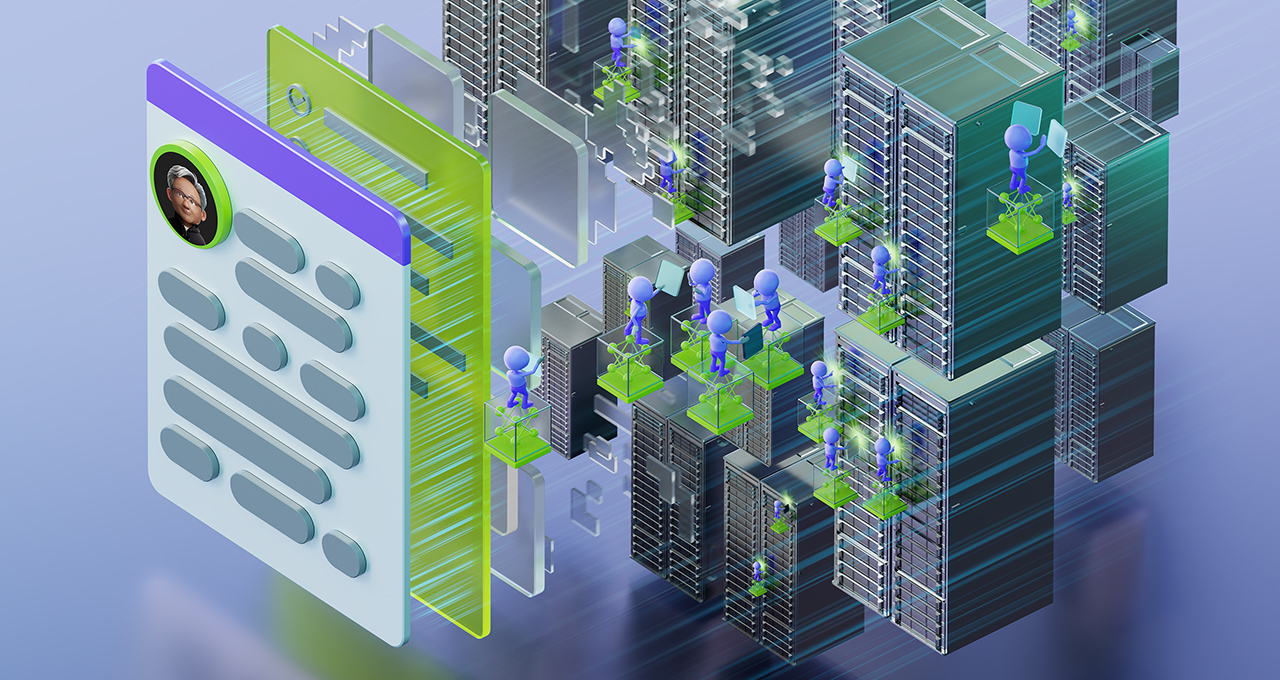
The challenge for many organizations today is that AI Agents work in silos, creating "silos of intelligence". This limits their ability to handle complex cross-domain, multi-step tasks.AI-Q The Blueprint was launched to break down these barriers and provide a clear reference architecture for building a digital workforce that can work together.
NVIDIA AI-Q and AgentIQ Toolkit: Building Smarter Collaborative Agent Systems
AI-Q is not a single piece of software, but rather a reference implementation that integrates NVIDIA Accelerated Computing, partner storage platforms, and related software tools. It clarifies how to integrate these components, specifically introducing the new NVIDIA Llama Nemotron reasoning models that excel at performing complex analysis and multi-step reasoning. This is accomplished through the AI-QIn addition, organizations can build digital workforces that are capable of handling high complexity tasks with high accuracy and speed.
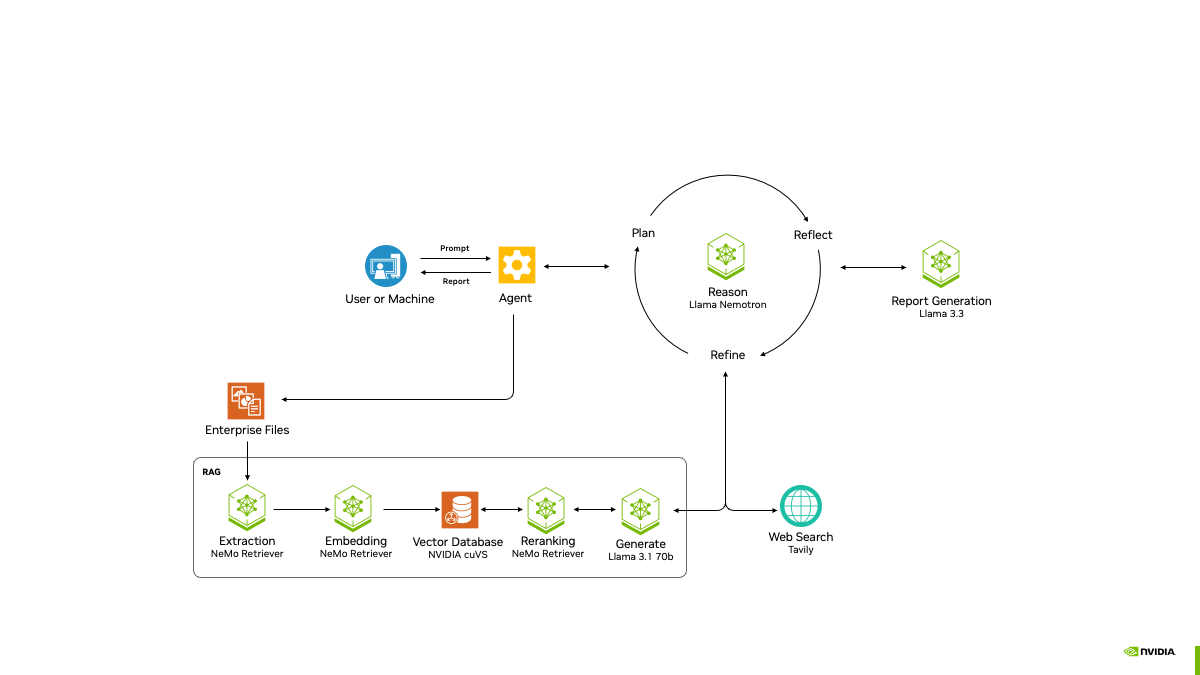
The core strength of the blueprint is the integration of fast multimodal data extraction and world-class retrieval capabilities thanks to NVIDIA's NeMo RetrieverNVIDIA NIM Collaboration between microservices and the AI Agent itself. For example, in an AI research assistant application scenario based on the AI-Q The built Agent generates the report when it generates the token It is claimed to be up to 5x faster and 15x faster at processing petabytes of data, while maintaining high semantic accuracy. This demonstrates the potential of the architecture to process large-scale information and accelerate knowledge extraction.
prop up AI-Q The key software component of the blueprint is the newly released NVIDIA AgentIQ Toolkit.AgentIQ is an open source software library that has been GitHub The core goal is to enable seamless, heterogeneous connectivity between different Agents, tools, and data. It enables developers to connect, analyze (Profiling) and optimize teams of AI Agents driven by enterprise data to build out end-to-end multi-agent systems. Developers can integrate into existing multi-agent systems in part or in whole, and the integration process is designed to be completely optional.
AgentIQ Another important feature of the toolkit is the enhanced transparency of the system. It provides complete system traceability and performance analytics, enabling organizations to monitor the performance of Agent teams, identify efficiency bottlenecks, and gain a granular understanding of how business intelligence is generated. These analytics can be combined with NVIDIA NIM and NVIDIA Dynamo The open source nature of AgentIQ also means that the broader developer community can participate in contributing to accelerating its development and application implementation, lowering the barriers to adoption and customization by enterprises.
Empowering New Businesses AI Agent Workforce
As AI Agents take on the role of 'digital employees', IT teams need to support their 'onboarding' and 'training'.AI-Q Blueprint and AgentIQ Toolkits support this by facilitating collaboration between Agents and optimizing performance across different intelligence frameworks.
Organizations adopting these tools will be able to more easily connect teams of AI Agents across solutions, such as connecting Salesforce (used form a nominal expression) Agentforce,Atlassian Rovo(integrated in Confluence cap (a poem) Jira (in) and ServiceNow AI platforms, etc. This connectivity helps break down information silos, streamlines cross-application workflows, and reduces response times for certain tasks from days to hours.
For the convenience of developers.AgentIQ It also integrates with a variety of popular frameworks and tools such as CrewAI,LangGraph,Llama Stack,Microsoft Azure AI Agent Service cap (a poem) Letta. This means that developers can work in an environment that is familiar to them. For example.Azure AI Agent Service together with AgentIQ The integration makes it possible to use the Semantic Kernel It is more efficient to build and orchestrate multi-agent frameworks, and the Semantic Kernel exist AgentIQ It is fully supported in the
Application scenarios are already beginning to emerge. Leader in financial services Visa AI Agents are being used to enhance cybersecurity by automating the analysis of phishing emails at scale. Utilizing AI-Q The performance analysis characteristics of theVisa The performance and cost of the Agent can be optimized to maximize the role of AI in efficient threat response. In addition.AI-Q With NVIDIA Metropolis VSS(The integration of (video search and summarization) blueprints is giving rise to multimodal Agents that combine visual perception capabilities with speech, translation, and data analytics to provide enhanced environment understanding and interaction.
Getting Started with AI-Q and AgentIQ
AI-Q Key NVIDIA technologies used in the blueprint include Llama Nemotron A series of inference models (e.g. llama-3.3-nemotron-49b-instruct), embedding and rearranging models (such as llama-3.2-nv-embedqa-1b-v2), and NeMo Retriever related multimodal parsing models. Third-party software such as Tavily(for web searches),LangChain(for Agent construction) and Milvus vector database(available through NVIDIA) cuVS acceleration) also play an important role in the architecture.
Developers can now use the GitHub gain AgentIQ The toolkit's open source library (http://github.com/NVIDIA/AgentIQNVIDIA also hosts related Hackathon events to help developers practice and improve their skills in building intelligent body systems.
Constructing an architecture based on AI-Q The AI system needs to be supported by a robust AI data platform. nVIDIA's storage partners are delivering customized platforms that continuously process data and give AI Agents fast access to the knowledge they need to reason and respond to complex queries.
NVIDIA AI-Q Blueprint and AgentIQ The release of the toolkit marks the evolution of enterprise AI applications from single intelligences to networks of collaborative intelligences. While there are still challenges in building and managing complex teams of Agents, such as ensuring the reliability, security and controllability of collaboration, this direction certainly opens up new imaginative possibilities for enterprise automation and intelligence.
© Copyright notes
Article copyright AI Sharing Circle All, please do not reproduce without permission.
Related posts

No comments...

